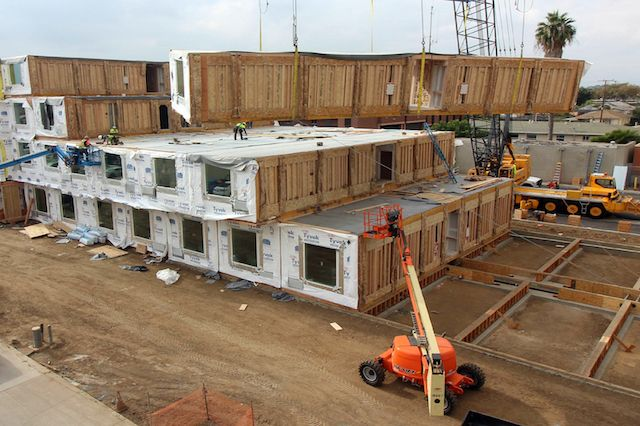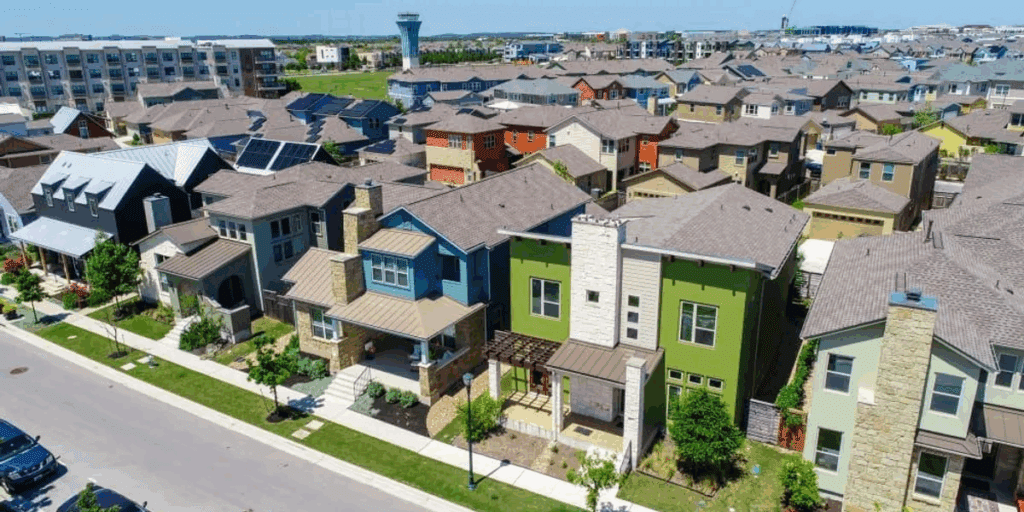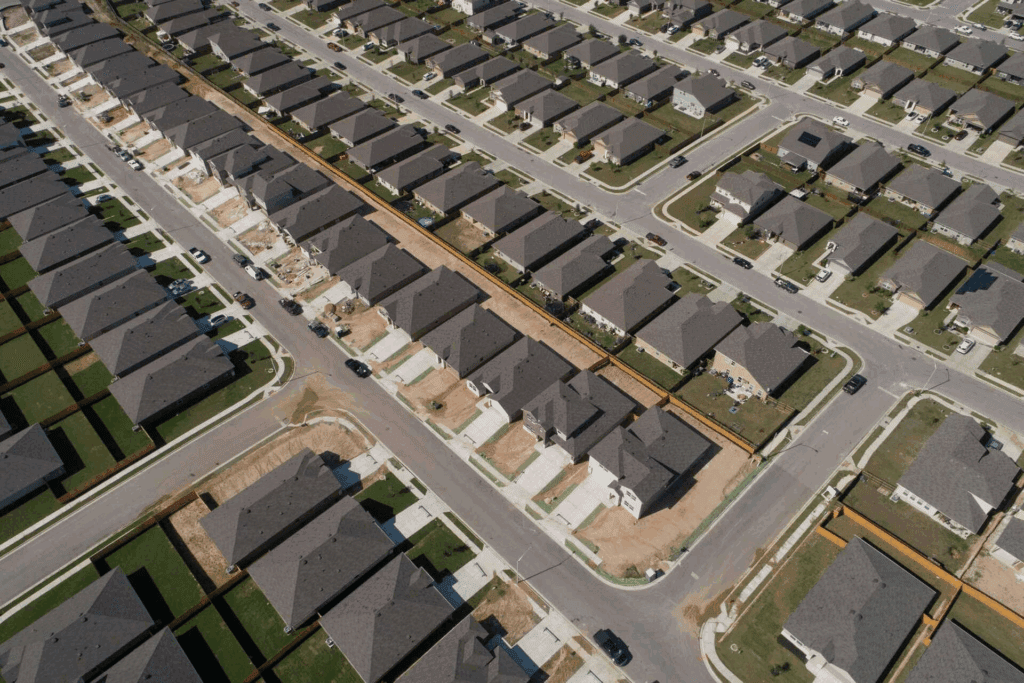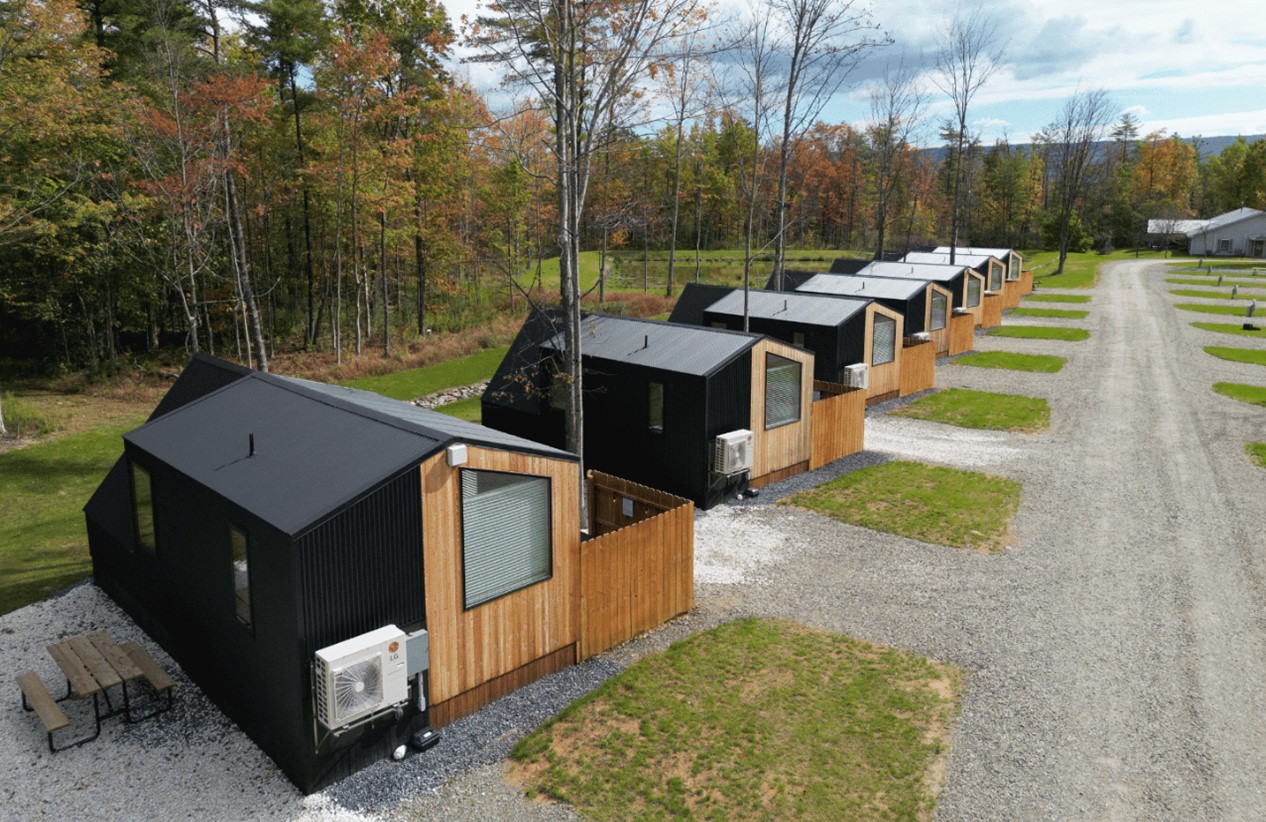For generations, $80,000 a year was the picture of middle-class comfort. Families earning it could buy a house in a decent neighborhood, drive a reliable car, pay the bills, and even set a little aside for vacations and college funds. It was the number that seemed to promise stability. But today, whether $80,000 represents “doing well” or “barely hanging on” depends entirely on where you happen to live.
Let’s take a closer look at how far an $80,000 income goes for a family in different corners of the country—and why in some places it’s still a ticket to the American Dream while in others it won’t even cover the rent.

The National Rule of Thumb
Economists, lenders, and housing advocates all use a simple set of guidelines when it comes to affordability. The rule of thumb is that no more than 30% of gross income should go toward rent and no more than 28% toward a mortgage payment that includes principal, interest, taxes, and insurance.
For a family making $80,000 a year:
- Rent cap: about $2,000/month
- Mortgage (PITI) cap: about $1,867/month
That’s the math. And in much of the country, it works. But what happens when those benchmarks collide with the realities of local housing markets?
Where $80,000 Still Works
If you’re living in Minneapolis, Savannah, Phoenix, or Hartford, $80,000 a year still feels like a respectable income. Average rents in these cities range from about $1,500 to $2,000 a month, comfortably under the affordability threshold. Median home prices, which hover between $320,000 and $470,000, also align with what banks would approve for an $80,000 household with a conventional loan.
In cities like these, renting is achievable without financial stress, and buying a modest home—while not cheap—is still realistic. A family can have a backyard, send kids to local schools, and keep up with car payments without needing two high-powered incomes. In short, the math still works.
And if you go further into the Midwest, the South, or smaller metros across the interior West, $80,000 isn’t just workable—it’s comfortable. In many of these regions, families can pay the mortgage, take trips to the lake, and maybe even have enough left over for that new truck or a college savings plan.

Where $80,000 Falls Apart
Travel to the coasts, however, and that sense of security evaporates. The very same income that stretches nicely in Minneapolis collapses under the weight of housing costs in California, New York, Boston, Seattle, and Washington, D.C.
In San Francisco and Silicon Valley, median home prices soar well above $1 million. Even average rents push past $3,500 a month—nearly double what an $80k household can afford. In New York City, median rents for a family-sized apartment can easily hit $3,000–$4,000 a month, and buying a home in any borough is nearly impossible without six-figure incomes. In Boston, the average home costs around $750,000 and rents average over $3,000. In Seattle, the median home price is about $850,000, while rents hover in the $2,500–$3,200 range. And in the D.C. metro, both rents and home prices overshoot what an $80k household can reasonably manage, leaving little room for savings or emergencies.
In these markets, $80,000 no longer represents middle-class stability. Instead, it often means trade-offs: smaller apartments, longer commutes, and fewer chances to build wealth through homeownership.
The Borderline Cities
There are also “in-between” metros where $80,000 gets stretched thin but hasn’t yet snapped. Denver, Austin, Portland, and Miami fall into this category.
Denver’s median home price sits around $600,000, with rents averaging $2,200. Austin’s once-affordable housing now averages close to $500,000, with rents over $2,200. Portland homes average $550,000, with rents in the $2,000–$2,500 range. Miami combines rising home costs of about $550,000 with high rents around $2,500, fueled by strong demand from out-of-state buyers and investors.
In these metros, $80,000 can still cover rent, but homeownership often requires two incomes, a hefty down payment, or a willingness to move further from the urban core. It’s a middle ground where families survive but don’t thrive, and the dream of buying a home feels increasingly out of reach.

What Changed
The reason $80,000 works in one part of the country and fails in another comes down to a mix of supply, wages, and geography. In many coastal cities, job growth has outpaced the supply of housing for decades. Zoning restrictions, geographic constraints, and community resistance have slowed development, leaving families competing for too few homes. At the same time, wages for middle-class households haven’t kept pace with housing costs, even in places like San Francisco or Seattle where higher-paying jobs exist. The result is a lopsided market where an $80,000 household finds itself going head-to-head with families making double or triple that income. Meanwhile, in the Midwest and much of the South, land is abundant and development costs are lower, allowing families earning the same $80,000 to buy into a comfortable lifestyle with far less pressure.
The Bigger Story
This divide reveals more than just numbers on a spreadsheet—it highlights the widening geography of opportunity in America. A family earning $80,000 in Hartford or Savannah can reasonably expect to rent a decent home, save for the future, and even purchase a house. That same family in Los Angeles or Brooklyn, however, may be stuck in a small apartment with rent swallowing their paycheck and ownership nothing more than a dream. What we’re really seeing is how financial security and the possibility of upward mobility are being defined less by income alone and more by where you happen to live. The American Dream still exists, but it’s not evenly distributed. In many ways, it’s become geographically exclusive.
The Bottom Line
An $80,000 annual income is still solidly middle class in much of the country. In Minneapolis, Hartford, and hundreds of small- to mid-sized cities, it’s enough to rent comfortably and even buy a modest home. But in America’s most expensive coastal metros—San Francisco, New York, Boston, Seattle, and D.C.—$80,000 barely covers rent and is nowhere near enough to enter the housing market.
The uncomfortable truth is this: the American Dream hasn’t disappeared—it’s just become geographically exclusive. For families earning $80,000, that dream is alive and well in the Midwest and South, and increasingly out of reach on the coasts.
The next time someone says “eighty grand is a great income,” the most accurate response might be: “Depends where you live.”












